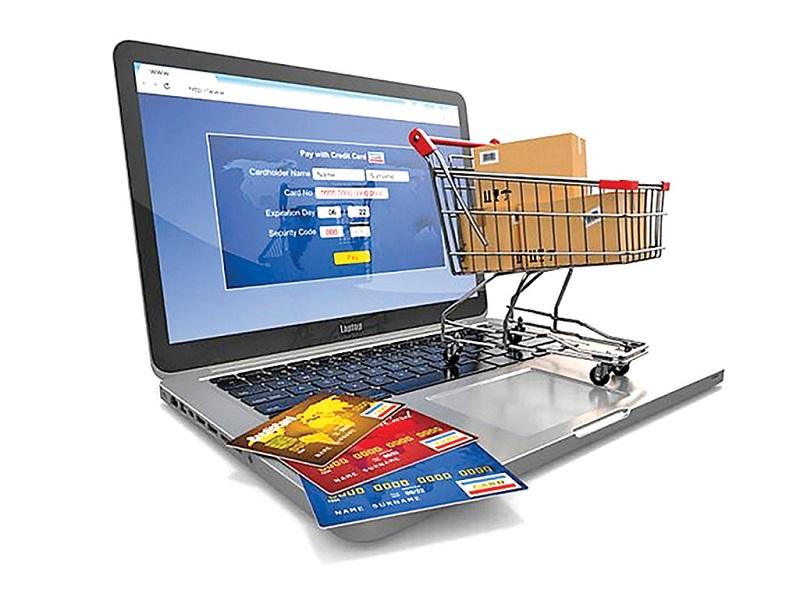Online commerce is becoming more popular every year. The variety of marketplaces for sales attracts not only honest businesspeople but also scammers who seek to exploit users' weaknesses. Fake sellers can create fake accounts and use various tricks to deceive people. In this article, we will discuss how to recognize fake sellers, the main signs of fraud, and precautions that will help avoid being scammed when shopping online.
Signs of a Fake Seller
To avoid becoming a victim of fraudsters, you need to know how to recognize fake sellers and pay attention to such moments:
- Unreliable profiles and lack of reviews. The first and most detailed sign by which you can recognize a scammer is their profile. Most often, scammers create accounts with minimal information. If the seller has no photos of products, personal information, or even other buyers who have rated their work, this should alert you. A lack of reviews is another warning sign. Reliable sellers always have positive reviews from their clients, while scammers often hide such experiences.
- Prices that are too low. Suspiciously low prices on goods can be a direct sign of fraud. Sometimes fake sellers deliberately lower the price to attract more buyers. For example, if you notice that the price of a popular smartphone is significantly lower than the market price, it’s better to exercise caution. Instead of big savings, you might receive a substandard product or nothing at all in the end.
- Unusual payment methods. Pay attention to the seller's preferences regarding payment methods. If they only offer unconventional methods, such as transfers to other people's cards or e-wallets, this is a significant reason to be cautious. Reliable platforms offer purchase security and work with users through secure payment methods. Fake sellers often limit themselves to unsafe transactions.
- Doubtful delivery times. If a product offers “super-fast” delivery at an unreasonably low price or excessively long waiting time, it can work against the seller. Many platforms have established delivery times, and if the seller claims their product can arrive in a day from abroad or promises delivery in a year, it’s quite likely they are finding ways to deceive.
Online shopping safety depends on choosing a reliable marketplace, so be extremely cautious when purchasing goods.
Scammers on Online Platforms: Actions and Schemes
Scammers on online sales platforms constantly improve their illegal schemes to achieve their goals.
One of the common methods used by scammers is creating multiple fake seller accounts. Such accounts may have the same photos, template product descriptions, and even identical strategic tricks to attract customers. They may operate on the principle of "affiliate links," meaning a small set of products presented on various platforms but with differences in price and delivery conditions. Fake seller accounts try to fully imitate real sites, so be extremely cautious.
Scammers use many schemes to deceive buyers. One popular scheme is called the “discount trap.” Using this approach, fraudsters post misleading advertisements about significant discounts on popular products, prompting the user to make a purchase. As a result, the customer receives the wrong product or doesn’t receive it at all, while the scammer takes the money.
Some scammers may offer an “absolute” money-back guarantee. They convince buyers that in case of any problems with the product, the money will be returned. But in practice, getting a refund turns out to be almost impossible. When a buyer faces a problem, it is difficult to find the seller or someone who can replace them.
Fraudsters can create copies of well-known marketplaces, such as Amazon or eBay. Their sites look very similar to the originals but introduce hidden schemes for stealing personal data. When users visit such fake platforms, they unknowingly enter their data, which then falls into the hands of criminals.
How to Avoid Being Scammed on Sales Platforms
By following simple tips, you can understand how to avoid being scammed on sales platforms:
- The first rule of safe shopping is to use . verified and well-known platforms. Amazon, eBay, Wildberries, and similar services provide reliable protection for buyers. They offer review and dispute resolution mechanisms, making them safer for purchases. Before buying, check the information about the platform and make sure it has a solid reputation.
- Before making a purchase, pay attention to the seller's profile. Evaluate their rating, the number of completed transactions, and customer reviews. If you notice many negative ratings or suspicious comments, avoid buying from this seller. Having detailed information about the product and the seller is an important sign of their reliability.
- Study all the characteristics of the product. Carefully read descriptions and view photos if available. If the product description is missing or not clearly provided, that’s another reason to be wary. Normal sellers always try to present their products in the best light and provide all the important information about them.
- Use additional tools and extensions that can help you choose a reliable seller. For example, there is software for checking the reputation of a site or service, brand evaluation, and review analysis. These resources gather all the information about sellers and help identify recorded deviations in their activities.
- When shopping online, it is important to follow a few simple rules to ensure your safety. For example, never make a purchase from a public Wi-Fi where hackers can access your data. Use multi-factor authentication if available. This makes your account more secure. And, of course, it is recommended to regularly check credit card statements for suspicious transactions.
Fraud on online sales platforms is a real threat, and the increasing use of online stores makes this problem relevant. By knowing the main signs of fake sellers and following simple safety recommendations, you can protect yourself from being scammed. Be vigilant and carefully verify the information about the product and the seller.


